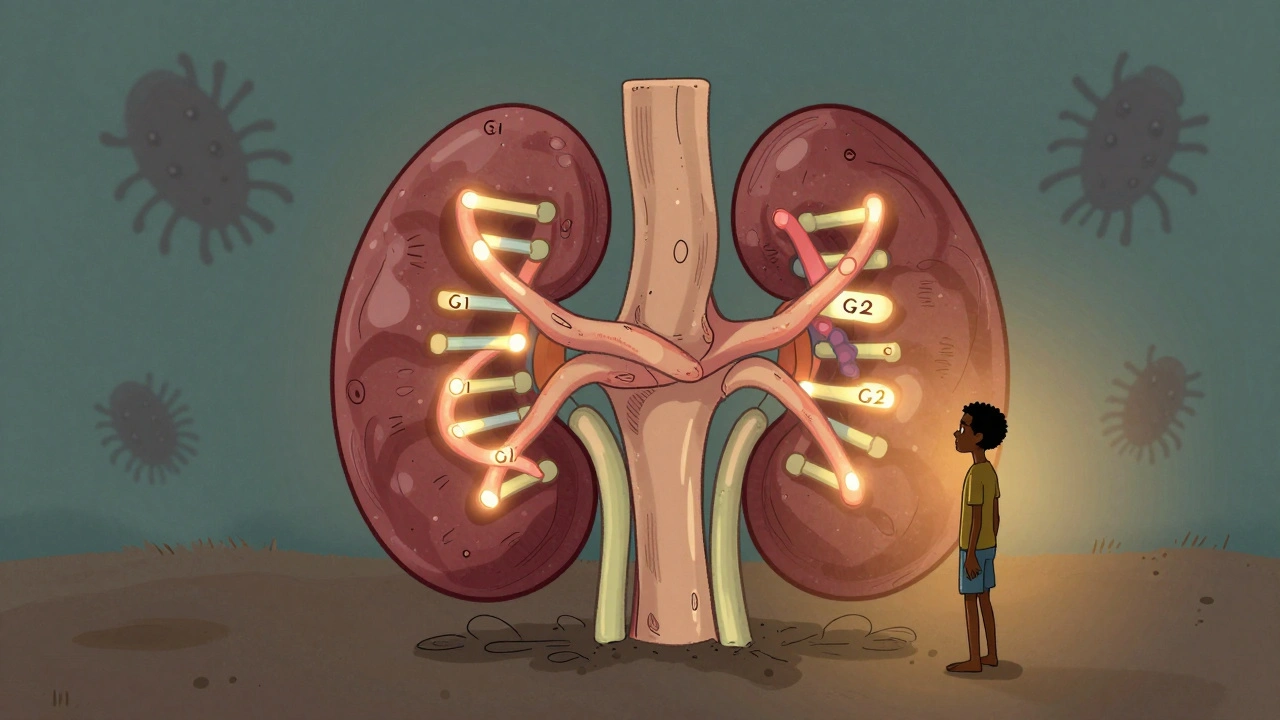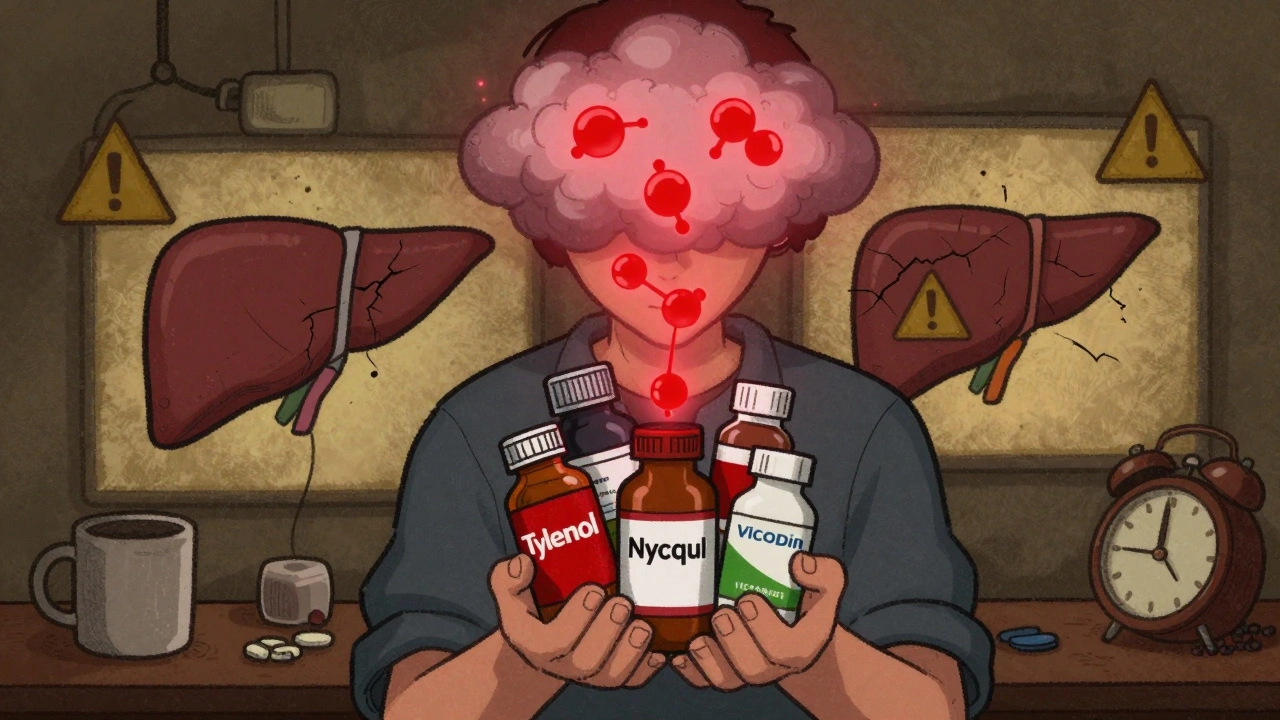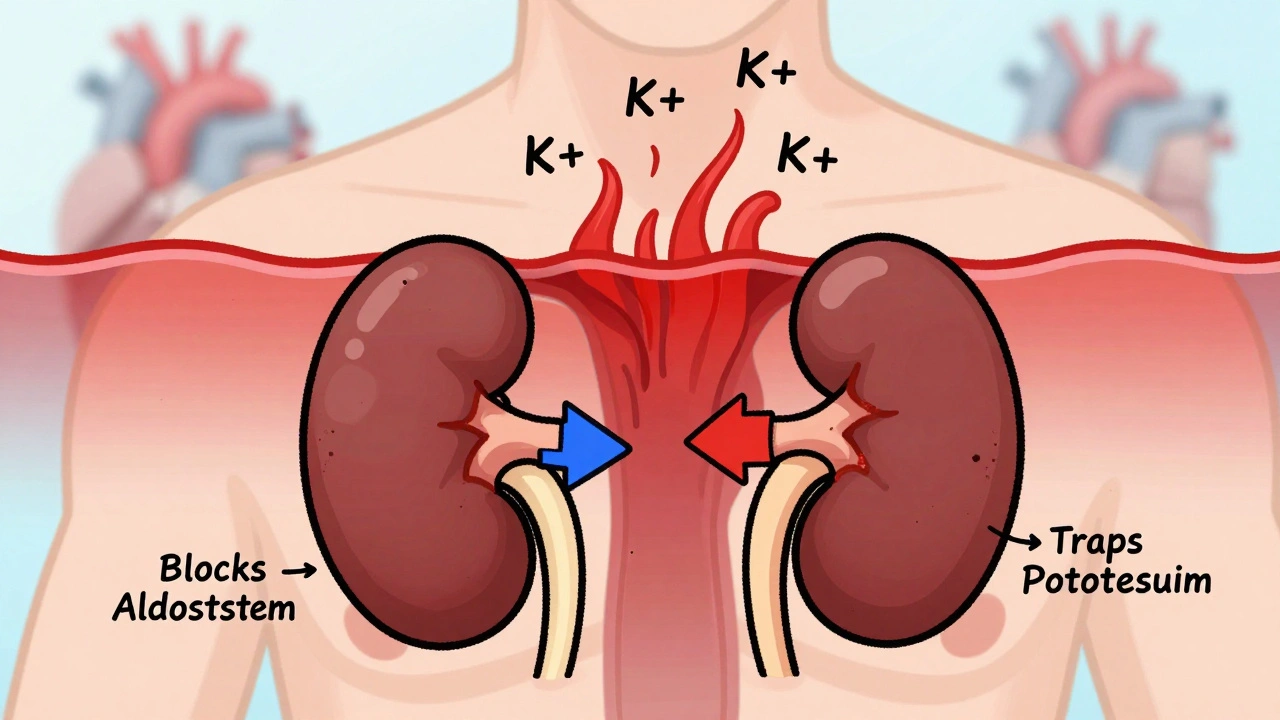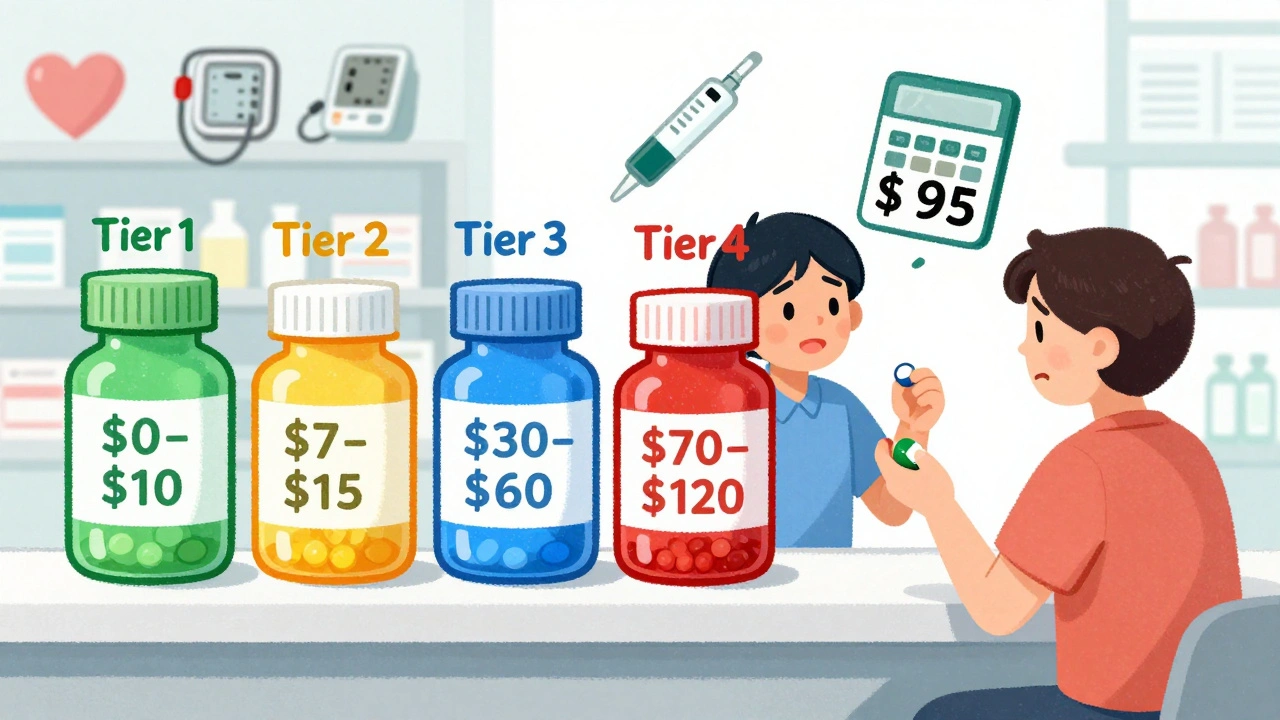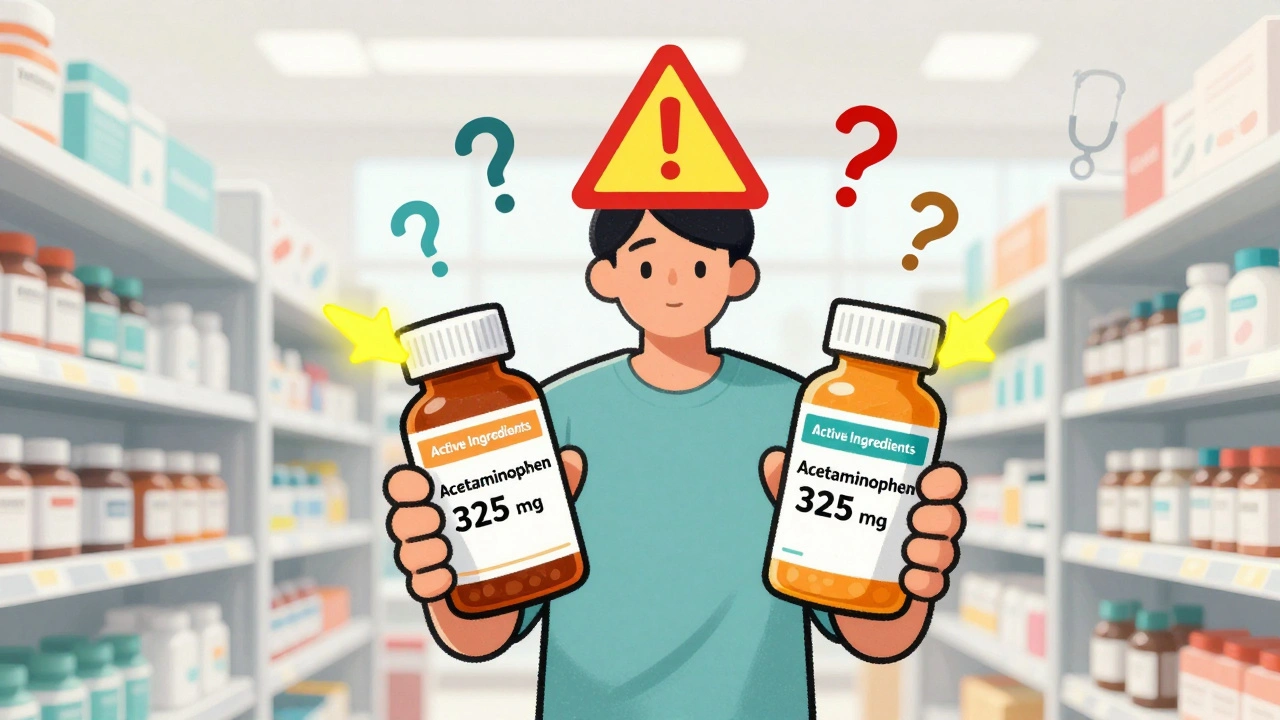Eye Redness: Causes, Symptoms, and Quick Relief Tips
When you notice eye redness, the visible reddening of the ocular surface due to inflammation or irritation. Also called red eye, it can signal anything from a minor allergy to a serious infection. Conjunctivitis, inflammation of the membrane covering the white of the eye is one of the most common culprits. Dry eye syndrome, insufficient tear production or poor tear quality often appears as a gritty, red eye. Allergic eye disease, reaction to pollen, dust, or pet dander can flare up suddenly, turning the sclera pinkish. Understanding these links helps you choose the right treatment.
Eye redness usually requires a quick assessment to pinpoint the trigger. If the redness is accompanied by watery discharge, itching, and a stringy feeling, an allergy is likely the driver. In contrast, a thick yellow or green discharge points toward bacterial conjunctivitis, while a gritty sensation without discharge leans toward dry eye. Knowing whether the condition is infectious, allergic, or mechanical (like a foreign body) guides the next steps. Over‑the‑counter lubricating drops soothe dry eyes, antihistamine drops calm allergies, and antibiotic ointments treat bacterial infections.
How Everyday Factors Influence Eye Redness
Several everyday habits can tip the balance toward a red eye. Prolonged screen time reduces blink rate, worsening dry eye and making the eye surface more vulnerable. Wearing contact lenses without proper cleaning introduces microbes that can cause conjunctivitis. Environmental irritants—smoke, wind, and air‑conditioning—strip the tear film, leading to irritation. Even minor trauma, such as a stray eyelash or a faint scratch, can provoke localized inflammation. By adjusting lighting, staying hydrated, and following lens hygiene rules, you cut down on preventable triggers.
When you suspect an allergy, identify the offending pollen or pet dander and consider a short course of oral antihistamines. For people with chronic dry eye, omega‑3 supplements and warm compresses improve tear quality. If redness persists beyond a few days, or if you notice vision changes, pain, or light sensitivity, see an eye professional promptly. Those symptoms often indicate a deeper issue like uveitis or acute glaucoma, which need urgent care.
Diagnostic tools are simple yet effective. A basic slit‑lamp exam lets a clinician see the eyelid margin, tear film, and conjunctiva up close. In doubtful cases, a fluorescein stain highlights corneal scratches, while a culture may confirm bacterial growth. These tests embody the semantic triple: eye redness requires proper diagnosis to differentiate between allergic, infectious, or mechanical causes.
Treatment options vary by cause but share common goals: reduce inflammation, restore tear balance, and eliminate pathogens. Artificial tears restore moisture, while anti‑inflammatory eye drops (like corticosteroids) calm severe reactions under professional supervision. For bacterial infections, prescription antibiotic drops clear the infection within a week. In allergic cases, mast‑cell stabilizers prevent further histamine release.
Prevention is half the battle. Keep screens at eye level, follow the 20‑20‑20 rule, and use a humidifier in dry rooms. If you wear contacts, replace them as directed and avoid sleeping in them. Regular eye exams catch early signs of dryness or inflammation before they flare into noticeable redness.
Below you’ll find a curated set of articles that dive deeper into each of these topics—from recognizing the signs of conjunctivitis to choosing the best lubricating drops for dry eye. Browse the collection to get practical tips, medication guides, and lifestyle advice that will help you keep your eyes comfortable and clear.

How Sleep Deprivation Causes Red Eyes - What You Need to Know
Discover how lack of sleep triggers eye redness, the biology behind it, and practical steps to soothe and prevent bloodshot eyes.

